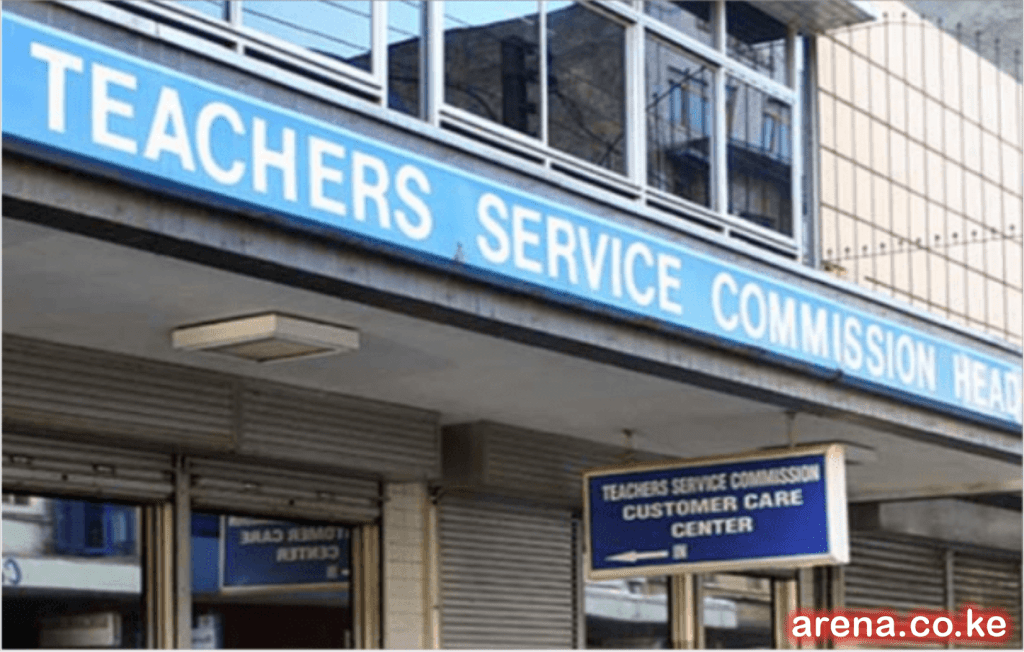The Teachers Service Commission (TSC) has officially made an announcement to stop payment of hardship allowance in some sub counties which were previously designated as hardship areas.
NOTICE
We’ll post full list of new hardship areas soon
TSC kicked off the process for mapping and reviewing the hardship regions in the country sometimes in September this year.
The payment of hardship allowance in areas where it has been scrapped is expected to stop starting 1st December 2020.
TSC officers had been dispatched to various sub counties to assess and collect data for centers to be excluded because of the development achieved in such areas over time and others to be included to enjoy the incentives because of the conditions which are likely to demotivate teachers from working in such areas.
Hardship allowance was introduced as an incentive to teachers and other public officers working in remote areas to compensate for lack of social amenities, infrastructure and a challenging environment.
Three months ago World Bank called for scrapping of hardship allowances paid to government employees to save kshs. 3 billion as part of cost cutting measures to return the country on track after increased spending during coronavirus pandemic.
World Bank argues that areas classified as hardship decades ago have since developed and no longer qualify for the tag.
“The review of hardship zones is needed as several regions have developed their infrastracture and social amenities over the last two decades and are no longer classified hardship areas,” read the World Bank report on Kenya Public Expenditure Review.
TSC has listed some counties as hardship areas but not all schools or Sub counties are captured as hardship centers.
Previous Counties listed as hardship areas by TSC were Mandera, Marsabit, Wajir, Turkana, Samburu, Lamu, Isiolo, Taita Taveta, Garissa, Kilifi, Kwale, Narok, Tana River and West Pokot.
TSC pays teachers hardship allowances in the rate according to the job grades as highlighted below.
| Job group | Grade | T/Scale | Hardship allowance | |
| 1 | G | C1 | 6 | 8200 |
| 2 | H | C2 | 7 | 10900 |
| ‘ | C3 | 8 | 12300 | |
| 3 | K | C4 | 9 | 14650 |
| 4 | L | C5 | 10 | 17100 |
| 5 | M | D1 | 11 | 27300 |
| 6 | N | 02 | 12 | 27300 |
| 7 | P | D3 | 13 | 31500 |
| 8 | O | D4 | 14 | 31500 |
| 9 | R | D5 | 15 | 38100 |
There have been calls for TSC to review and enlist new areas as hardship zones following extreme harsh conditions which include insecurity, drought, floods and landslides that demotivates teachers from working effectively.
In August 2018 The Kenya National Union of Teachers (KNUT) pushed the Government to declare Suba region in Homa Bay a hardship area. The KNUT officials led by the Suba Branch Executive Secretary Richard Ng’ongo and Chairman Stephen Maemba, said Suba region has a lot of physical challenges which make it difficult for teachers to operate effectively.
“The challenges emanate from poor road network, which make many schools inaccessible whenever it rains. As far as the KNUT leadership is concerned, Suba regions consists of Suba South and Suba North sub counties in Homa Bay County. The teachers who operate in Suba South Sub County find life more difficult since the sub county has never had a tarmacked road since independence,” said Ng’ongo.
In Kwale county KNUT and political leaders have been pushing for Lungalunga Sub county to be declared as hardship area so teachers can enjoy the hefty perk.
As of 2012 TSC had about 38 areas approved as hardship. The allowance was paid at a rate of thirty percent of the basic pay but this was stopped by Salaries and Remuneration Commission (SRC) in December 2014 when it carried a review on hardship allowance that saw payment of hardship allowance based on basic allowance abolished and payment on a flat rate basis adopted.
This new development is coming as a shocker to many teachers who have been using hardship allowance to secure loans.

